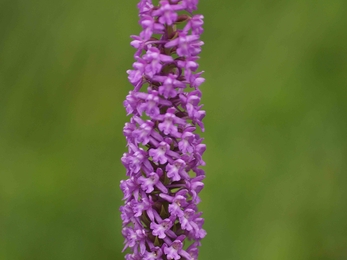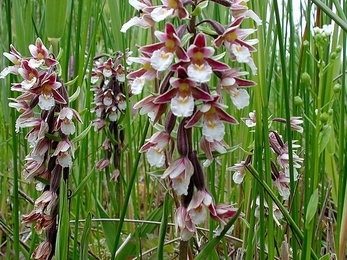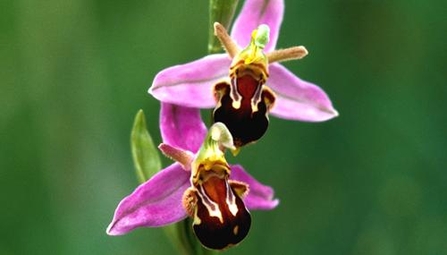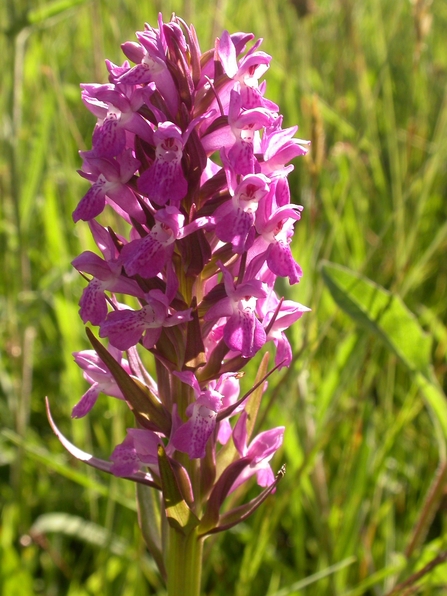A warm summer day, and what better to do than go hunting for something truly exotic in the Shropshire countryside.
Orchids hold many associations, most with sexual overtones – a rich gift for a loved one, something to drive a collector mad with passion, a mediaeval aphrodisiac of such strength that the English herbalist Culpeper called for caution in its use.
Orchids cannot compete with rank vegetation so you need to look where nutrient levels are low. Limestone soils are thin and often productive for the orchid hunter.
Shropshire holds at least twenty species of orchid, but many of them take a bit of hunting for. If you know when and where to look, though, an orchid hunt can be richly rewarding. As we go into July, the earliest species will be past their prime flowering period, but there are lots of later ones to seek out.







